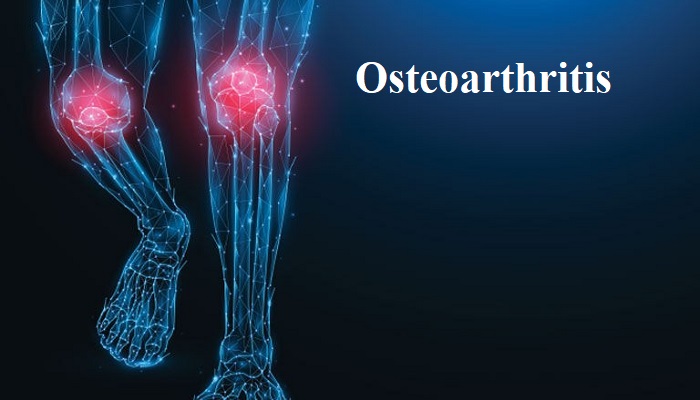The progression of osteoarthritis, which is based on the marker of cartilage degeneration as well as pain, can be forecasted by using the plasma proteomic signature.
Researchers from the US have been able to identify a plasma proteomic signature that is able to differentiate between osteoarthritis patients whose disease happens to be progressive or even non-progressive, which is pretty elevated compared to the methods currently used.
In the global analysis that took place in 2017, it was gathered that the annual incidence rate when it came to osteoarthritis happens to be 181.2 per 100,000 patients, and it was noted by the authors that the stress of this disease is in fact increasing in most of the countries. There is a current need to create OA prognostic markers, and a method was identified in 2016 for diagnosing radiographic OA that was based on a series of serum biomarkers. Until recently, many systematic biomarkers have been identified and show a promise as forecasters of pain as well as structural worsening of OA.
Using a group of 596 individuals that had OA, the US team set out to measure the efficacy of the proteomic signature when it came to distinguishing between progressors and non-progressors.
The data that was available for the 596 individuals with a mean age of 61.6 years with knee OA and who were at baseline suggests they had moderate-to-severe radiographic knee OA.
Based on the proteomic signature, which has 13 unique proteins, the AUC reached 73% for differentiating between progressors. The uCTXII model, in contrast, had an AUC of 58%, which was as good as a model based on the baseline structural OA as well as the severity of the pain at 59%.
The scientists went a notch higher and analysed the proteomic model, but that was with just around 11 proteins in a second OA group and witnessed an AUC of 70% in order to distinguish progressors from non-progressors.
It was concluded that the plasma biomarker signature could effectively identify clinically relevant OA progressors from the non-progressors, and that signature can be of significance in the process of clinical trials in order to identify those who are in the greatest need of the treatment.



















